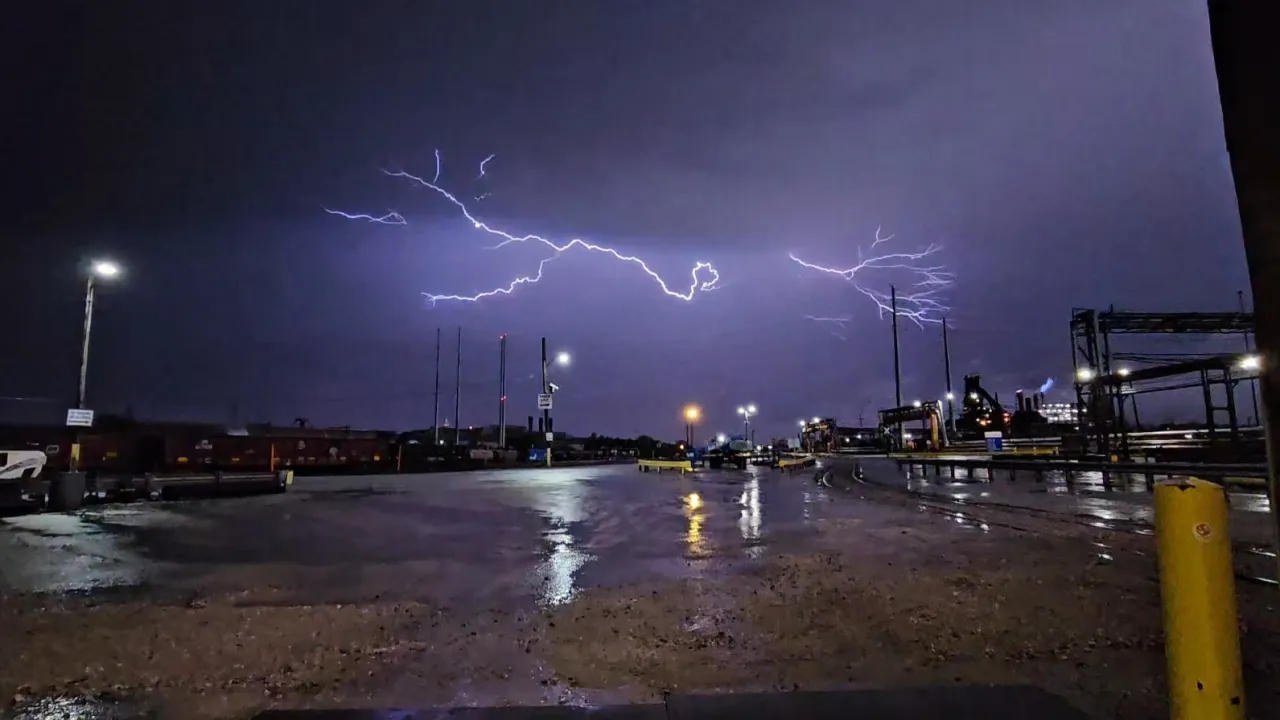The recent fierce storm that swept through northeastern Ohio left over 5,000 residents of Cuyahoga County without power, delivering yet another blow to a region already suffering from the whims of nature this season. The energy provider FirstEnergy, the main electricity supplier in the area, reported that the most severe outages affected Beachwood and Cleveland, where fallen trees and downed power lines caused chaos in local communities.
According to FirstEnergy representatives, repair crews are working around the clock to restore power by 12:30 PM on Friday, but residents are expressing frustration over repeated outages. “This is the third storm in a month,” says Ann Martin, a shop owner in Beachwood. “We are losing business, and my refrigerators can’t operate without electricity.” Her words reflect a broader dissatisfaction in the region, where infrastructure seems unable to withstand increasingly frequent climate challenges.
Insider sources at FirstEnergy report that the storm, which was accompanied by wind gusts up to 80 km/h, damaged dozens of transformers and hundreds of meters of power lines. Although the company has mobilized additional crews from neighboring states, the extent of the destruction complicates quick restoration efforts. “We are battling not only the weather but also an aging system that needs upgrading,” said one company engineer who wished to remain anonymous.
Local authorities urge residents to remain calm and avoid using generators indoors due to the risk of carbon monoxide poisoning. In Cleveland, several warming and device charging stations have been opened, but for many families, especially in rural areas of the county, the lack of electricity means not just inconvenience but also safety threats. “Without power, we can’t charge medical devices for my daughter,” shared Maria Gonzalez, a single mother from the Cleveland suburbs.
This storm serves as another reminder of Ohio’s energy infrastructure vulnerability in the face of climate change. energy experts interviewed by The New York Times emphasize that the region requires substantial investments in modernizing the electric grid and transitioning to more resilient energy sources. However, under current political debates over funding, such changes remain uncertain.
While repair crews push through fallen trees and debris, residents of Cuyahoga County prepare for another night in the dark, hoping that the promised power restoration will not be delayed. For many, this is not just an inconvenience—it’s a struggle to return to normal life.


